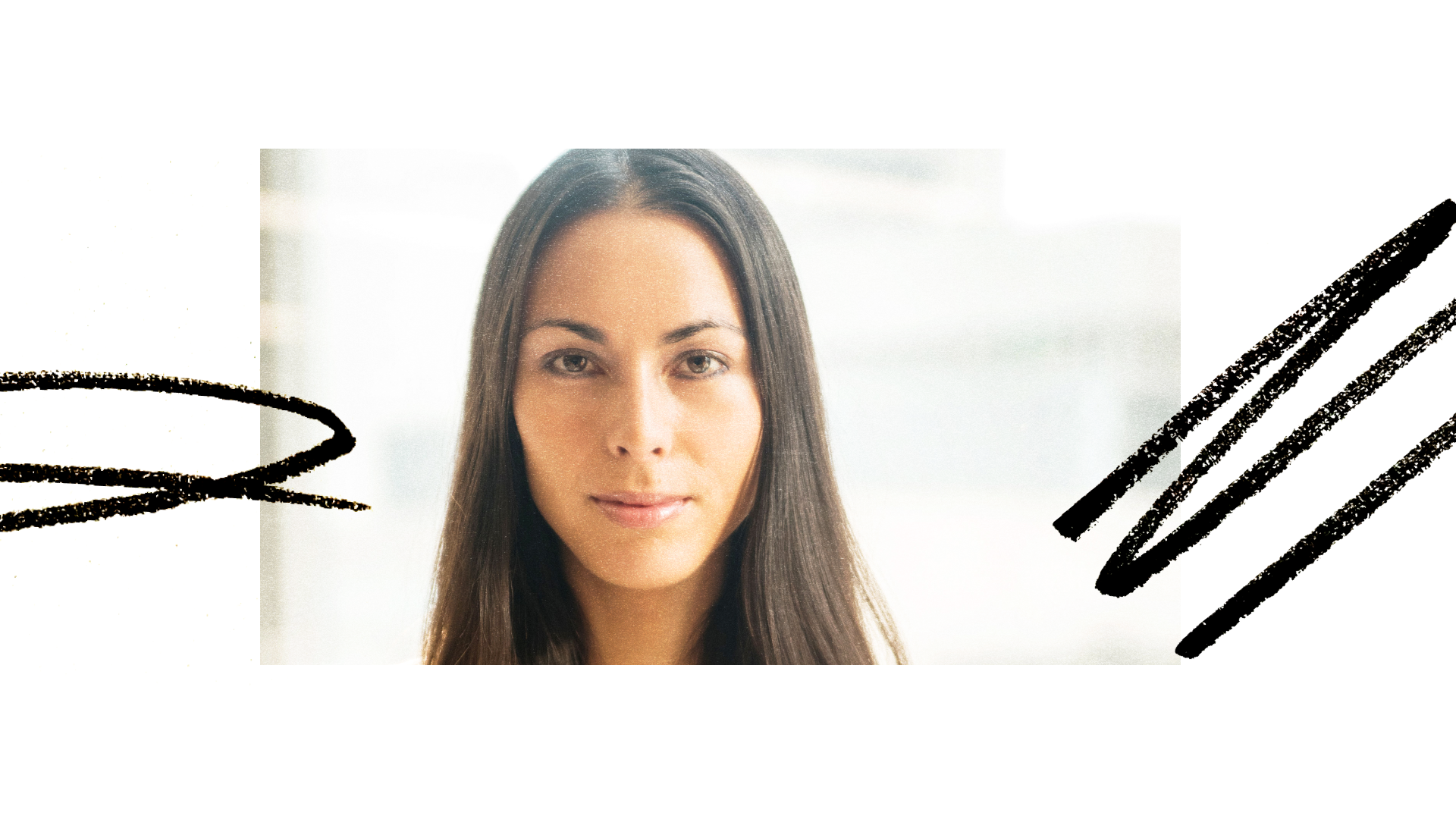How to Grow Your Degrowth Portfolio Today

If that sounds like an oxymoron, it isn’t. If you think we’re being facetious, you’re only half right. The degrowth movement is starting to win fans in mainstream finance and investing, people who previously couldn’t wrap their heads around the idea of putting the brakes on GDP. How is that possible?
We’ll explain.
The degrowth movement isn’t new—it’s had its fans and supporters for decades. But what was once a radical and fringe idea is slowly gaining traction in the general public’s imagination. An economic movement and philosophy that calls for a deliberate and socially just reduction in the scale of production and consumption, degrowth is about changing our understanding of what wellbeing means. Why? According to degrowthers, it’s the only hope we have to achieve true sustainability and tackle climate change.

Gaya Herrington, who will be speaking at Between the Two of Us, our festival in Tangier in May, is among its converts. An internationally renowned economist and vice president of sustainability research at Schneider Electric, she was raised on neoclassical economics and the belief that economies are programmed to grow. But she started to take degrowth seriously when it became increasingly clear that none of our attempts to combat climate change or reduce ecological damage were having much of an impact. Neither new Green Deals nor COP gatherings nor Paris Agreements were getting us anywhere close to where we need to be.
“Green growth is a myth,” she says. “If it was going to work, it would have worked already. I used to believe in it—it sounded great—but the decoupling (of growth and environmental harm) just hasn’t happened anywhere near the extent necessary to avoid climate change and overall ecosystem breakdown.”

John Fullerton, who will also be speaking in Tangier, feels similarly. A former JPMorgan investor, Fullerton left a 20-year career on Wall Street to found the Capital Institute, an organization dedicated to regenerative economics and finance. He discovered that he needed to completely recalibrate his understanding of economics to make sense of what was happening to the planet.
“If exponential growth doesn’t work, then everything I thought was true was built on a foundation of sand,” he says.
Fullerton believes we need to completely rethink our perception of how the world works and what it takes to ensure its healthy future. For him, this is a profound moment in history when we must turn away from the religion of economic growth, which benefits too few and is costing the planet everything. He argues that our current economic system is fundamentally illogical, espousing infinite expansion in a world with finite resources. He believes our extractive economics are resulting in physical, social, and spiritual entropy.
Getting Past the Skeptics
To say degrowth has its detractors would be an understatement. For the average 21st century company, growth is synonymous with success. Moreover, some economists reject the idea that green growth isn’t working. MIT researcher Andrew McAfee believes that one of the principal tenets of degrowth—that developed countries are outsourcing their pollution more than they are actually decreasing it—is false. He argues that we’re seeing the effects of dematerialization, which effectively means we’re getting more output from less input, allowing the economy to grow while minimizing extraction and waste. Beyond that, he sees no possibility for degrowth’s implementation, questioning how a country like China will agree to decrease its standard of living so that richer countries can breathe cleaner air.
But Herrington emphasizes that degrowth isn’t about making do with less; it’s about embracing the combination of private frugality and public abundance. She argues that we already have enough to go around, it just needs to be shared and redistributed: “A shift from never enough to enough for each,” she explains. An economy with wellbeing as its ultimate goal, rather than growth, will make important public investments. Once we feel safe, secure, and satisfied, through initiatives including a universal basic income, free education, guaranteed healthcare and housing, and great public transit, we’ll be less focused on the kind of consumption that is superfluous and lacks meaning.
“We’re going to have libraries not just for books, but for toys and for tools and all those things,” Herrington says. “We’re going to grow our food locally with knowledge of the local environment, much less food waste, renewable energy, obviously, but not just clean energy in terms of greenhouse gasses, but in general, not all this plastic, not all these about 80,000 chemicals that we think harm the human body but haven’t been tested.”
For investors from Wall Street to Canary Wharf, degrowth becomes interesting when it doesn’t mean shrinking their investments but enhancing their quality. Investors such as Jacqueline Jackson, head of responsible investing at London CIV, think there’s lots of potential in investing in companies that are engaging in circularity and regenerative processes that include cutting their use of resources and producing output that’s renewable or repurposed. “I don’t believe that embracing degrowth means shrinking investments,” she says. “It could be about focusing on quality rather than quantity, or how companies prioritize wellbeing or efficiency or reducing waste.”
Defining What Happiness Is
If this still sounds hard to imagine, the literary theorist Frederic Jameson would agree. (He famously claimed that it’s easier to imagine the end of the world than the end of capitalism). But the unexpected success of a radical book by Marxist philosopher Kaiho Saito suggests that people are entertaining economic models that used to be off limits. In Slow Down: The Degrowth Manifesto, Saito argues that economic growth is destroying the very basis of what humans need to thrive and that we need to abandon capitalism to save the planet. He draws on examples of communities that have already freed themselves from the tyranny of GDP, and reflects on Marx’s later writings, when Marx became interested in the “cyclical, steady-state economies” of Indigenous groups in the Americas, India, and Algeria.
Herrington acknowledges how odd and unsettling “degrowth” may sound to modern ears, but she thinks it’s essential we reflect on the strangeness of growing up in a world where growth is the ultimate goal. She points out that there’s no precedent for this kind of thinking in nature. Humans, for example, stop growing—in the literal sense—after adolescence, and then enter a more figurative phase of growth, in which they tend to become wiser, more experienced, and more mature. “So the notion that, at some point, growth reaches a state of equilibrium is actually very natural to us,” she says.
Economic anthropologist Jason Hickel, author of the 2020 bestseller Less is More: How Degrowth Will Save the World, would agree. In his writing, he argues that degrowth means reorienting ourselves from quantity to quality, which he sees as a shift towards embetterment and enrichment. He points to the Latin American example of buen vivir, a concept of good living based on community engagement, ecological balance, and cultural sensitivity. Hickel emphasizes that a degrowth economy isn’t about voluntary misery or imposing harsh limits on human potential. “On the contrary, it’s about reaching a higher level of understanding and consciousness about what we’re doing here and why,” he writes.
A challenge: Think of the last time you experienced a moment of profound happiness. What were you doing? What were you feeling? What conditions enabled you to feel this way? Who were you with? What was the weather like? How long did the feeling last?
Could the experience be monetized in any way?
Herrington is ready to bet it can’t be. She’s a firm believer that once the necessities of life are secure and guaranteed, our sense of meaning is profound and interconnected. “The separation of mind and body is not real,” she says.” We are all expressions of life. And celebrating the life force that connects us, rather than ever-more stuff, is what gives true joy.”

